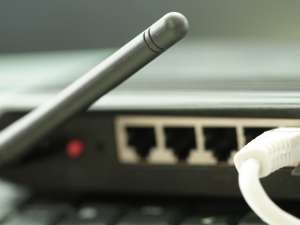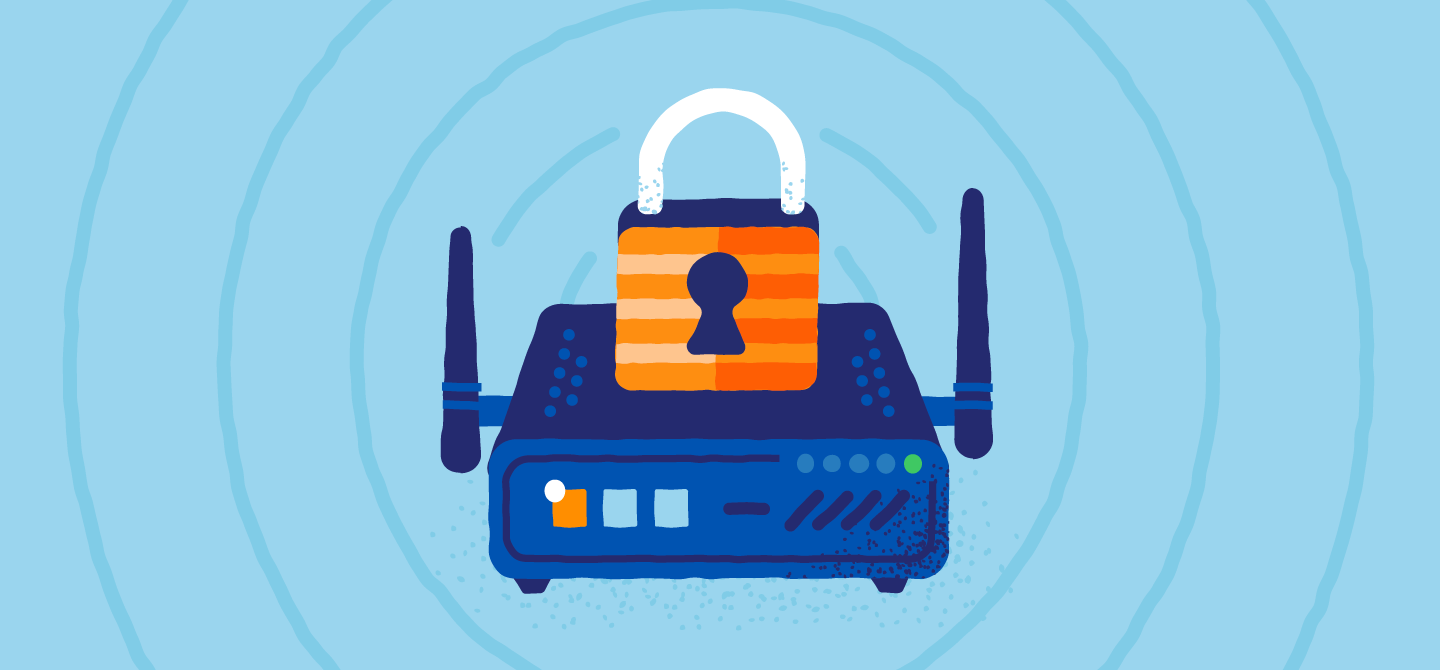
Wireless networks are everywhere. Whether you’re at a local coffee shop, a school or at home, it’s likely there are multiple wireless networks you can gain access to. But how do you know which ones are safe? Looking at the network security settings can be a good indicator of which ones you can trust. To help you understand your options, we discuss the history of security protocols and compare WPA vs. WPA2.
Router Security Options
When you install WiFi, you have a few router security options. If your router is left unsecured, someone could access it, use it for illegal activities in your name, track your internet use or even install malware.
When you look at the security of a wireless network, a few options will be available. These choices will include none, WEP, WPA, WPA2-Personal, WPA2-Enterprise and possibly WPA3. Depending on the nature of your online use, you may require more or less security.
What’s the Best Wireless Internet Security Method?
What security method you choose will depend on the capabilities of your router. Older devices aren’t able to support newer security protocols like WPA3.
If you have the option, here is the list of the best security protocols, ordered from most secure to least secure:
- WPA3
- WPA2 Enterprise
- WPA2 Personal
- WPA + AES
- WPA + TKIP
- WEP
- Open Network (no security implemented)
The History of Security Protocols
Wireless security has evolved over time to get stronger and easier to configure. Since the beginning of WiFi, we’ve transitioned from WEP protocol to WPA3 protocol. Read through to learn about the history of how these security protocols evolved.
Wired Equivalent Privacy (WEP)
The first security protocol was named Wired Equivalent Privacy or WEP. It was the standard protocol from 1999 to 2004. While this version was made to protect, it had poor security and was hard to configure.
Cryptographic technology imports were restricted at the time, meaning that more manufacturers could only use 64-bit encryption. This is a very low bit encryption compared to the 128-bit or 256-bit options available today. Ultimately, WEP was abandoned for a more advanced solution.
Systems that still use WEP aren’t secure. If you have a system with WEP, it should be upgraded or replaced. When connecting to WiFi, if an establishment has WEP, your Internet activity will not be secure.
WiFi Protected Access (WPA)
To improve the functions of WEP, WiFi Protected Access or WPA was created in 2003. This temporary enhancement still has relatively poor security but is easier to configure. WPA uses Temporal Key Integrity Protocol (TKIP) for more secure encryption than WEP offered.
As the WiFi Alliance made this transition to a more advanced protocol, they had to keep some of the same elements of WEP so older devices would still be compatible. Unfortunately, this means vulnerabilities, such as the WiFi Protected Setup feature which can be hacked relatively easily, are still present in the updated version of WPA.
WiFi Protected Access 2 (WPA2)
A year later, in 2004, WiFi Protected Access 2 became available. WPA2 has stronger security and is easier to configure than the prior options. The main difference with WPA2 is that it uses the Advanced Encryption Standard (AES) instead of TKIP. AES is able to secure top-secret government information, so it’s a good option for keeping a personal device or company WiFi safe.
The only notable vulnerability of WPA2 is that once someone has access to the network, they can attack other devices connected to the network. This is an issue if a company has an internal threat, such as an unhappy employee, who hacks into the other devices on the company’s network.
WiFi Protected Access 3 (WPA3)
As vulnerabilities are recognized, advancements are made. In 2018, the WiFi Alliance introduced WPA3. This new version will have, “new features to simplify WiFi security, enable more robust authentication and deliver increased cryptographic strength for highly sensitive data markets.” WPA3 is still being implemented so WPA3-certified hardware isn’t an available option for most people.
WPA vs WPA2: How Are They Different
WPA and WPA2 are the most common security measures that are used to protect wireless Internet. Given this, we’ve compared the difference between WPA vs WPA2 so you can find the right option for your situation.
| WPA | WPA2 | |
| Year it became available | 2003 | 2004 |
| Encryption method | Temporal Key Integrity Protocol (TKIP) | Advanced Encryption Standard (AES) |
| Security strength | Stronger than WEP, offers basic security | Stronger than WPA, offers increased security |
| Device support | Can support older software | Only compatible with newer software |
| Password length | Shorter password required | Longer password required |
| Business usage | No enterprise solutions | Has enterprise option |
| Processing power required | Minimal needed | Significant amount needed |
When comparing WPA vs. WPA2, WPA2 is going to be the best option if your device can support it.
Why Would Someone Choose WPA?
WPA has a less secure encryption method and requires a shorter password, making it the weaker option. There isn’t an enterprise solution for WPA because it’s not built to be secure enough to support business usage. However, if you have an older software, WPA can be utilized with minimal processing power and could be a better option for you than the WEP alternative.
Why Would Someone Choose WPA2?
WPA2 is an updated version of WPA that uses AES encryption and long passwords to create a secured network. WPA2 has personal and enterprise options, making it ideal for home users and businesses. However, it needs a significant amount of processing power so if you have an old device, it may be slow or not work at all.
Regardless of which option is best for you, it’s important that you keep your device safe by properly securing your WiFi connection. If your router doesn’t support the most secure method of encryption, consider using a VPN to encrypt your searches. Panda Security’s Free VPN can help you surf the web safely and privately from anywhere.
Sources:
The post WPA vs WPA2: Which WiFi Security Should You Use? appeared first on Panda Security Mediacenter.
Article Link: https://www.pandasecurity.com/mediacenter/security/wpa-vs-wpa2/
